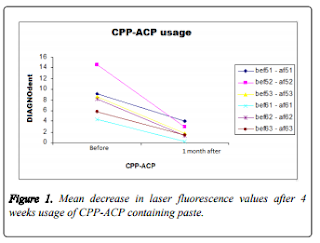Indications for Orthognathic Surgery

Orthognathic surgery (OS) is a surgical intervention that alters relationships of the jaws and dental arches. The treatment involves a combination of orthodontics and maxillofacial surgery. Orthognathic Surgery It is used to correct dentofacial deformities that cannot be treated with acceptable results by conventional orthodontics. The first description of a surgical intervention to correct a malocclusion was by Hullihen in 1849. The most frequently used surgical procedures for correcting the relationship of the jaws are Le Fort I osteotomy and sagittal ramus split osteotomy. Also often used are vertical ramus osteotomy, inverted L osteotomy, and variations and combinations of the above. Read More>>>>>>








